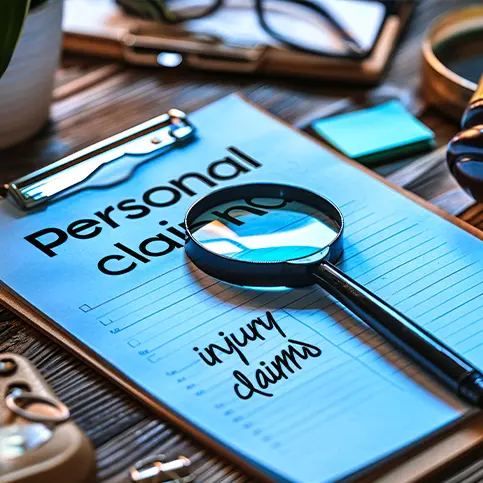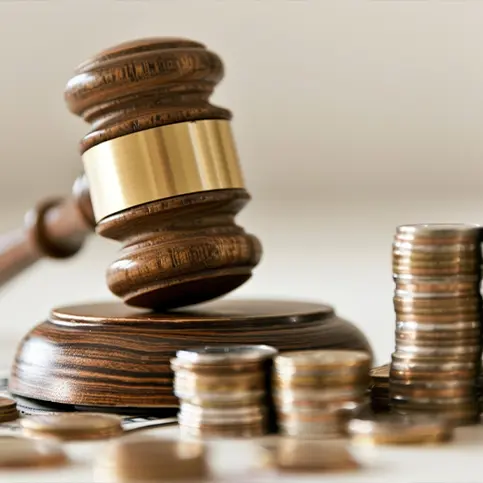
The moments following a car accident are often filled with chaos, confusion, and adrenaline. However, amidst all this, preservation of vital evidence will determine the trajectory of events in the aftermath, including the driver(s) deemed to be at fault for causing the accident and the amount of any damages recovery. Insurance companies know that the value of a case is determined by what the claimant can prove in court. This article provides a step-by-step guide on how to effectively preserve evidence following a car accident to maximize your chances of a full recovery.
Step 1: Ensure Safety and Call Authorities
Your immediate priority following a car accident should be to ensure everyone’s safety. However, try not to exit your vehicle unless it is absolutely necessary. Stay put, check yourself and your passengers for injuries, and contact emergency services immediately. Allow the police and bystanders to assist you and the other drivers with exchanging insurance information and documenting the accident. Insurance companies and negligent drivers will use the fact that a claimant exited his or her vehicle and walked around the scene for an extended period as evidence that the claimant was not injured. Avoid speaking to the other drivers at the scene. If you communicate with witnesses, the insurance company and those witnesses can later manufacture a version of the dialogue that may be harmful to your case and is designed to underpay the claim or avoid liability altogether. A police report will serve as an official record and is crucial for insurance and legal purposes, so always call the police right away.
Step 2: Document the Scene
Ask all witnesses and bystanders to remain at the scene as part of their civic duty to provide information to the police. If an at-fault driver tries to flee the scene, get the license plate number of his or her vehicle, or take photographs or video from inside your vehicle.
Police officers are equipped with standard issue lapel and dash cameras with which they film the scene and interviews. Speak to the police officers politely and give them a simple version of how the accident occurred. Inform them of every part of your body that was injured. Tell the officers how your body moved on impact, and which parts of your body impacted the interior of your vehicle. Understand that adrenaline may make it difficult for you to appreciate the full extent of your injuries until later. Never tell the police or anyone else that you were not injured, as this will be documented in the police report and used against you by insurance companies.
Call a family member or friend and request that they come promptly to the scene and take comprehensive pictures and videos of the accident scene from multiple angles. They should capture the overall scene, the position of the vehicles, any property damage, visible injuries to those involved, skid marks, road and weather conditions, witnesses, traffic signs, and surveillance cameras that may be in the area. Always go to a hospital or urgent care center following a motor vehicle crash as soon as possible, whether transported by ambulance or other means.
Step 3: The Police Will Collect Information
Allow the police officers to collect the necessary information from all parties involved, including names, contact details, driver’s license numbers, license plates, and insurance details, while you focus on your injuries and making your way to the hospital or an urgent care center. Additionally, the officers will document the make, model, color, and any other distinguishing characteristics of the involved vehicles and generate a diagram of how the collision occurred.
Step 4: Seek Immediate Medical Attention
Even if you do not feel hurt, it is essential to get a medical check-up following any automobile accident. Some injuries may not manifest immediately. Medical records will serve as evidence of any injuries sustained and can be crucial for insurance claims or a lawsuit. The hospital or urgent care doctors will likely advise you to make an appointment with your primary care provider. It is important to set up an appointment as soon as possible for follow-up care relating to residual injuries that may not have been obvious on the date of the crash.
Step 5: Consult an Attorney
After returning home from the hospital or within a few days, contact a personal injury attorney or have a family member or friend contact one for you. The experienced attorneys at Prince, Schmidt, Baca & Woods, LLP have been handling automobile accident claims for over fifty years. They can provide advice tailored to your situation and help ensure that all evidence is properly preserved, along with assisting you in getting necessary referrals for additional medical treatment.
Step 6: Preserve Physical Evidence and Avoid Social Media
If there’s any physical evidence, like a part of your vehicle that was damaged or torn-off clothing, keep it safe and photograph it. Do not repair your vehicle immediately after the accident, as the damage can serve as evidence. Do not communicate with anyone regarding the accident or your injuries via any social media platform. Social media comments can be highly detrimental to your case. Stay off of social media completely or make sure to have your privacy settings that only permit your family members and closest friends to view your profiles. Social media includes Tik Tok, Facebook, Twitter, Instagram, YouTube, and others.
Step 7: Your Attorney Will Contact the Insurance Company
Do not call your insurance company or any other party’s insurer following an accident. The insurance companies will record the conversations with you and take your statement in an effort to obtain damaging information with the goal of avoiding liability or underpaying your claim. Seek the advice of an attorney first and allow your lawyers to contact the insurance companies on your behalf. The lawyers at Prince, Schmidt, Baca & Woods, LLP have handled thousands of auto claims and know exactly how to communicate with insurers to preserve the rights of our clients and maximize any recovery.
Preserving evidence after a car accident is crucial for insurance claims and potential legal proceedings. By following these steps, you can ensure you have a comprehensive account of the incident, which can significantly assist in obtaining a favorable outcome in the aftermath of the accident.


